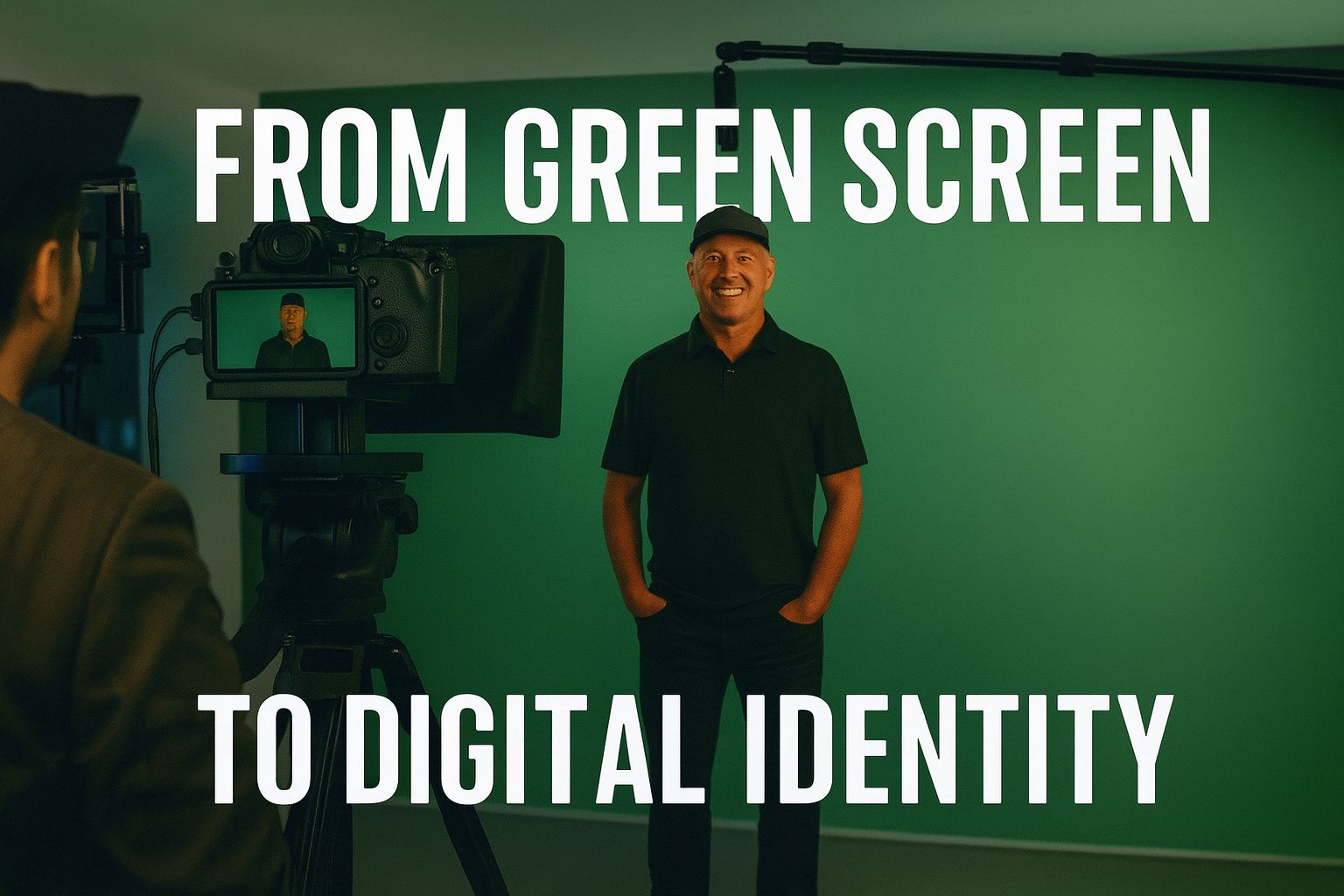
Your Different Video Streaming Platform Options
The total success of your video production project is dependent on the mechanism you use to get that final footage playing in front of your customers’ eyes. Let me put it another way: poor delivery of your video can trash your credibility, profits and reputation. Sounds ominous, I know. The truth is that, well….it’s true. Delivery decisions usually aren’t made or even thought about until finished footage is in hand and ready to be served to viewers. So many companies handle the process in this manner, and then are disappointed with the results of their video! Handling it in the opposite manner, delivery decisions before footage production, is a sequence for success. Here’s why. There are 3 ways to delivery video online to website viewers: self-delivery, free delivery and online video platforms (OVP). Each has advantages and drawbacks, flexibility of each choice will allow you to insert or embed your video into your blog or webpage. OVPs will provide opportunities to deliver video content to your customers using via handheld mobile phone technology.
Self Delivery
Self-delivery is a delivery method used by companies who want to create, manage and control the full video viewing experience. Oftentimes companies that make this choice have a delivery system custom-developed for their company, use it to serve their video to viewers and begin checking their results. With this option, you encode the video files on your own. You can create the video through a media player, copy all the files, and upload the links to your website. This is one of the simplest ways of getting your video on the Internet, but there are more effective and similarly uncomplicated means of getting your video published. Delivery decisions must be made before production of your footage. The choices you make about your delivery will impact the results you will receive in your return on investment (ROI) in terms of sales conversions.
Free Delivery Platforms
One platform that is free and familiar by name in the world of the web is YouTube. This platform has no fee, can be used to deliver content that you create for your viewers. Analysis features accompany your YouTube delivery privileges to allow you to assess the activity of your video. YouTube and Vimeo are not the only free delivery platforms, others are available and offer similar features. There are benefits to partnering with a free delivery platform, for example, YouTube or Vimeo. Your content will get to your customers, it will be available around the clock with no off hours while you sleep. Viewers can access it at their convenience and view for as long as they desire. If you’re a new business, this might be where you choose to start your video delivery to your customers. Free services typically have good a reputation for getting the content in front of viewers’ eyes easily. Keep in mind, though that there can be conflicts that arise for you when using a free delivery service. There may be reduced customer service to assist you with set up, questions and analyzing the activities of your video. Sales conversions could be less using a free service than you might see with a paid delivery service. Because the service is free to you, there must be something on the provider’s side to fund it. That would be advertising that is served to viewers, your viewers. These ads could be disruptive to the purpose of your business, your marketing activities and your brand. Think about this: Free delivery platforms may serve related video content to your viewers after your video has completed. One of my customers wanted to produce and deliver a how-to educational video as a way to promote the company’s eyelash makeup product. We produced a great video and the customer selected the free YouTube delivery platform to serve the video on their website. And there were conflicts because after the eyelash makeup video played, YouTube served eyelash-related videos on our customer’s website! Our customer was now promoting their own product, a good thing. But to their dismay, products by other companies were also being played on our customer’s website when YouTube displayed these ads after the customer’s intended video played. The ads were from competitors! Though not by choice, this company promoted their competitor’s makeup products by selecting the free service that YouTube offers. The cherry on top was the display of their competitor’s related and recommended videos offered to our client’s customers! You don’t want this to happen to you. Please check your options and make your delivery decisions at the beginning of your video planning activities.
Fee Based
Online video platforms (OVP) are fee-based delivery mechanisms. You will pay a fee when you use an OVP to deliver your video to your customers. The OVP you select will host your video, serve it to viewers on demand and will also manage your content for you. Content management features allow you to manage one video or many videos. Analysis tools are provided and allow deeper assessment of the activity of your content than those tools accompanying a free delivery service. At least 60 OVPs are available and have wide selections of features to pinpoint what viewers do with your video content. Full serve information and abandonment statistics are two features that will assist you in knowing if your customers are viewing your full message. OVPs are typically called a software as a service (SaaS) solutions. The SaaS provides end-to-end tools. These tools allow you to deliver, manage, publish and measure your online video content’s performance. The OVPs provide you opportunities to manage all of your video inventory or just one video for your top product. Choices are there and easily available to make your online video delivery easy, in the office, and on the web in front of your customers’ eyes. Using an OVP you’ll find that the SaaS promotes on-demand delivery in addition to live delivery. Depending on your overall goals and the campaign you wish to create, both features could benefit your company. Website viewers spend less time waiting for your video to appear before their eyes, unlike other services available. Also, various elements of an OVP include hosting for your video, encoding, customized players to accomplish your branding goals, syndication, analytics and interactive tools and online advertising options to monetize your experience. Among the many advantages of web video hosting over other forms is that you get to monitor your video’s viewers, and viewers gain easy access to your services with click-through links. In the past, the kind of video hosting streaming platform service providers offered used to cost at least a hundred dollars, but nowadays can go for as low as twenty dollars, depending on how many videos you distribute. Other factors, such as the number of views you would like your video to have, are also considered.
How To Choose The Right Delivery Method
Selection of a delivery method comes down to the final result and what you, or you company, want that result to be. If you want your viewers to be ecstatic, engaged, place their full attention on your message, and view without interruption or wait time, your choice will reflect that desired result. If you just want the content to be available with no branding concerns, viewer interaction or certainty that the next step will be taken toward a sale, your choice will reflect that desired result as well. Free platform technology is incredible. The free services have much to offer and I encourage you to use them, but only when they will benefit your marketing program, branding goals, and customer loyalty preferences. Remember that delivery of your video by a platform can cost you more than money. Your online video sales conversions, success and ROI depend on good delivery to create credibility for your company, produce profits and enhance your brand’s reputation. Start with delivery first when thinking about marketing your product or service online with video! Be sure to weigh the benefits and setbacks of all your options before deciding on how you are going to host your video on the Internet. Each option (independent hosting and streaming media hosting) has benefits. It is up to you to decide which option best suits your budget and your business’ marketing strategy. Creating a plan to get online video content to your customers is critical to the success of your sales conversions. John Cecil, online marketing master, tells what your plan must include, how to create that plan, exactly when to create your plan and how it will boost your success to increase your online video sales conversions – or make your customers click away before they make a sale. Cecil’s Online Video Revolution: How to Reinvent and Market Your Business Using Video is available at Amazon.com.





